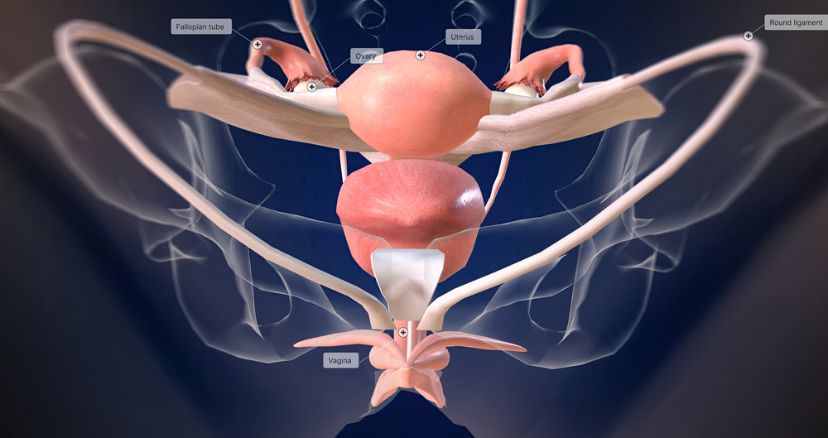Uterine carcinoma starts in the endometrium, the lining of the uterus (womb). It is the most common type of uterine cancer. About 66,000 women in the United States are diagnosed with it each year. It is most common in women over 55.
Doctors classify uterine cancer into several groups based on how the cancer cells look under a microscope. The most common type of endometrial cancer is a type of adenocarcinoma, called endometrioid carcinoma. These cancers start in gland cells and usually look like the uterine lining, called endometrium, but they can also have squamous cell (flat, thin cell) cancers mixed in with the glandular tissue. Other types of uterine cancer are clear-cell carcinoma, mucinous adenocarcinoma and undifferentiated or dedifferentiated carcinoma. These cancers look more like squamous cell cancer and often spread to other parts of the body more quickly than endometrioid carcinoma.
The type of cancer in your uterus, and its stage (how far the cancer has spread), determines what treatment options are available to you. Your doctor will talk to you about your specific cancer and the stage of it.
Some people have a genetic risk of developing endometrial cancer. This is why it is important to discuss your family history of cancer with your doctor.
Your doctor will do a pelvic exam to look for abnormalities in your uterus, ovaries and other reproductive organs. The doctor will also ask about your symptoms and your past medical history. They may order blood tests and a pelvic ultrasound to check for the presence of tumors and other abnormalities.

The most common treatment for endometrial carcinoma is surgery to remove the uterus and any surrounding tissue, such as the ovaries. Your doctor might also recommend hormone therapy to help keep the cancer from growing. Hormone therapy is usually used in combination with other treatments.
Chemotherapy uses drugs to kill cancer cells. Your doctor might prescribe chemotherapy in pill form or through a vein (IV). It is usually used to treat advanced endometrial cancer that has spread to other parts of the body or has returned after other treatments.
Another type of treatment is targeted therapy, which uses drugs to target certain changes in the cancer cells. This type of treatment is being studied in clinical trials to see if it can help people with endometrial cancer.
The most common side effects of endometrial carcinoma include pain, bleeding and nausea. Other side effects may include infertility, ovarian insufficiency and a shortened life expectancy. People who have had endometrial cancer have a higher chance of developing a second cancer in their ovaries or the fallopian tubes. It is important to know your family history of cancer and get regular screening exams for uterine cancer. If you have a family history of uterine cancer, you can take steps to lower your risk of getting it, such as using oral contraceptives and other forms of hormonal birth control, not smoking, exercising regularly and keeping your weight in a healthy range.









